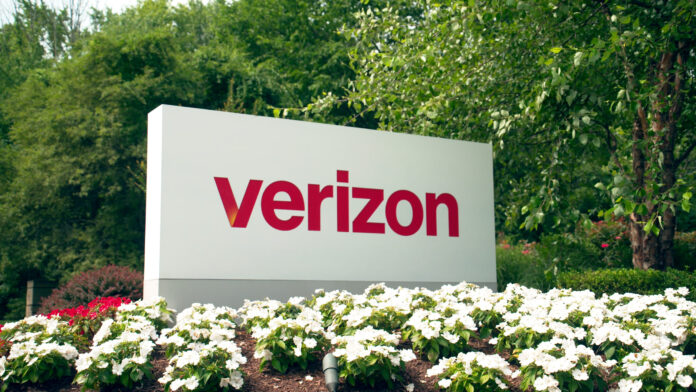Verizon carried out this 5G trial with Samsung Electronics and MediaTek
Verizon, in collaboration with Samsung Electronics and MediaTek, has successfully achieved 5.5 Gbps download speeds in a controlled 5G lab environment, the carrier said in a release.
Using carrier aggregation, a method that combines multiple channels across both FDD and TDD spectrum bands, the trial aggregated six separate channels of sub-6 GHz spectrum, including PCS, 850 MHz, AWS, CBRS and C-band. The test utilized Samsung’s virtualized RAN (vRAN) solution and MediaTek’s latest connectivity platform featuring 6CC technology. Data was routed through Samsung’s 5G Standalone core, showcasing the capabilities of next-generation devices to support advanced use cases.
“Our goal is to provide cutting-edge solutions our customers need to thrive in today’s changing world. We will continue to push the boundaries of our technology and drive innovation in our industry so our customers know they are always a step ahead of what’s next simply by being a Verizon customer,” said Adam Koeppe, senior vice president of Technology Planning at Verizon.
Subscribe now to get the daily newsletter from RCR Wireless News
The trial also highlights the importance of virtualization in the evolution of mobile networks. By employing virtualization in the RAN, Verizon said it can optimize network management, adapt to varying user needs and enable greater flexibility in resource allocation.
Alok Shah, vice president of Strategy, Business Development and Marketing at Samsung Electronics America, said: “Samsung has long been harnessing the power of virtualization and 5G to elevate networks around the globe. 5G Standalone adds exciting potential to the mix, including enhanced scalability and flexibility, helping operators like Verizon make their network vision a reality.”
HC Hwang, general manager of Wireless Communication Systems and Partnerships at MediaTek, added: “Achieving 5.5 Gbps peak download speeds in collaboration with Verizon and Samsung is a testament to our innovative spirit and technical expertise. This achievement not only highlights the potential of our next-generation chipset but also sets the stage for new and exciting use cases in the 5G era.”

